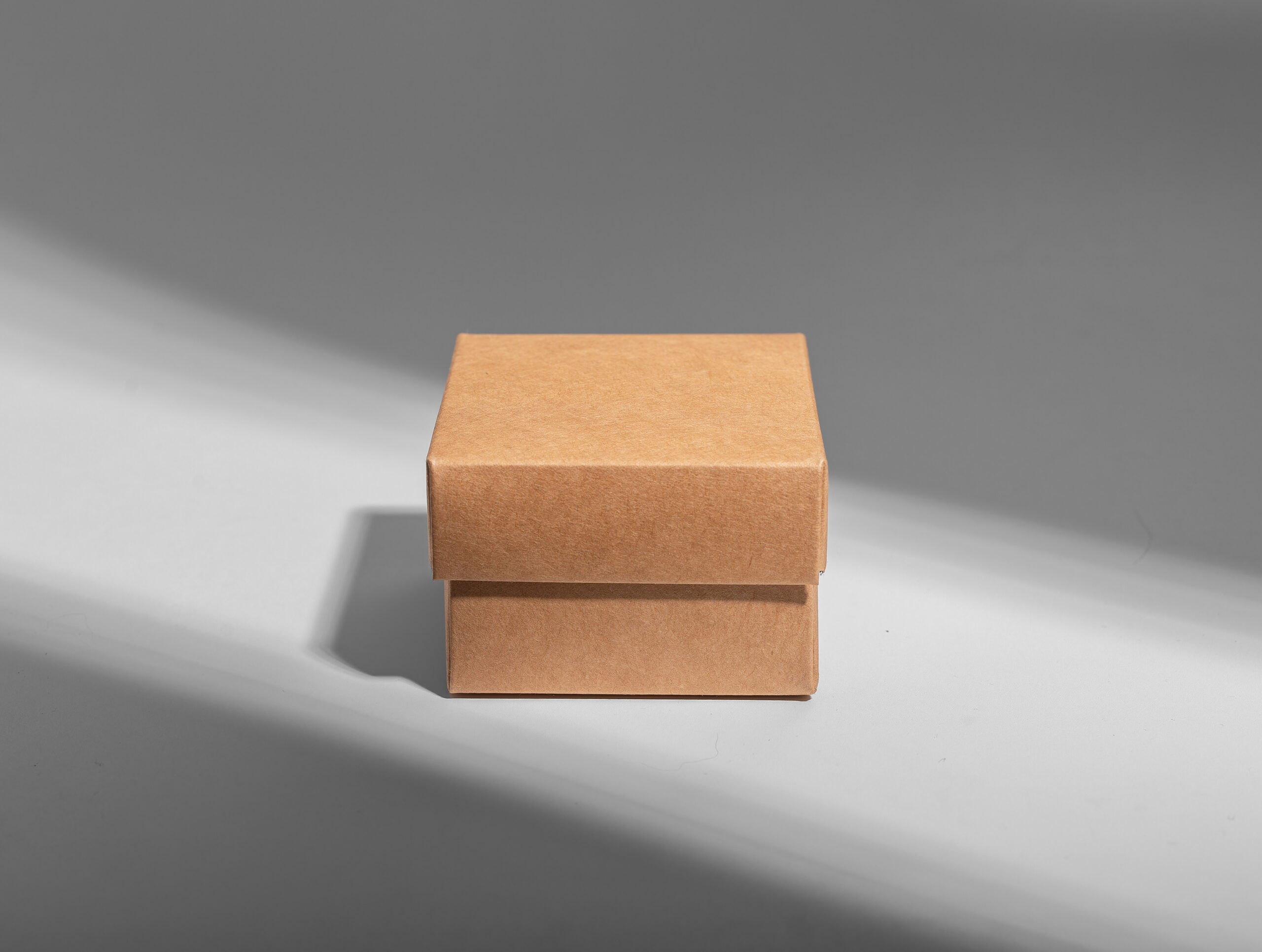A mix of digital design technology and classic luxury
Product packaging is more than just protection—it’s vital to brand identity and consumer connection. As we move through 2025, key packaging trends include advancements in digital printing, technology integration, personalization, tactile design, cost-effective luxury embellishments, and a continued focus on sustainability.
In this post, we’ll explain the differences in design choices that can bolster your brand. Watch this space for PART 2, where we’ll sort through critical User Experience (UX/CX) trends that will leave your customers wanting more of what you have to offer.
Embellishments bring brand benefits
Embellishments play a pivotal role in capturing consumer attention and conveying brand prestige. Traditionally, foil stamping has been synonymous with luxury, adding a metallic sheen that elevates the perceived value of a product. In the “attention economy,” where consumers are bombarded with choices, foil’s reflective qualities can make packaging stand out on crowded shelves. This tactile and visual appeal not only attracts consumers but also enhances brand recall. A 2024 Consumer Reports survey found that 63% of shoppers are willing to pay a premium for products with upscale packaging, with foil boosting perceived value by up to 20% without a proportional cost increase.
However, the rise of digital embellishments offers brands flexibility and efficiency. Digital printing technologies enable intricate designs with variable data, allowing for mass customization without additional tooling. This adaptability is particularly beneficial for limited edition products, boutique brands, or regional campaigns, where personalized packaging can create a unique consumer experience. Moreover, digital embellishments can reduce production time and costs, making high-quality finishes more accessible.
Touchability is the power of tactile Product packaging
The way packaging feels in a consumer’s hands can significantly impact their perception of a product. Touchability in packaging design involves using textures, coatings, and finishes to create an engaging and memorable experience. Embossing and debossing can add depth and sophistication, while soft-touch coatings provide a velvety feel that conveys luxury. Tactile elements can evoke emotions and enhance brand connection, making consumers more likely to engage with and remember the product.
Advancements in printing and finishing technologies allow brands to experiment with raised UV coatings, textured varnishes, and innovative substrates that encourage consumers to interact with the packaging. In a retail environment, where shoppers often make split-second decisions, the sensory appeal of a package can be the differentiator that leads to a purchase.

Paperboard offers choice and style
The choice between white and kraft paperboard significantly influences both the aesthetic and functional aspects of packaging, as well as its environmental impact. Each option offers distinct advantages, making them suitable for various branding and product needs.
White paperboard provides a clean, bright surface that enhances color vibrancy and image sharpness, making it ideal for detailed graphics, bold branding, and high-end product packaging. Its smooth finish allows for a wide range of embellishments, including embossing, foil stamping, and specialty coatings, further elevating its premium appeal. Additionally, white paperboard can be coated or uncoated, giving brands the flexibility to choose between a high-gloss, satin, or matte look. This option is widely used for cosmetics, pharmaceuticals, electronics, and other products that require a sleek and sophisticated presentation.
Kraft Paperboard, with its natural brown tone, exudes an organic, eco-friendly aesthetic that resonates with environmentally conscious consumers. While it may not offer the same level of color vibrancy as white paperboard, kraft provides a unique, earthy look that works well for minimalist and artisanal branding. Its unbleached nature means it often contains more recycled content, further reducing its environmental footprint. Kraft paperboard is highly durable and can be treated for added strength and moisture resistance, making it a strong choice for food, beverage, and sustainable retail packaging. Additionally, it pairs well with specialty print techniques like black ink, white ink, and subtle foil accents.
Both white and kraft paperboard can be responsibly sourced, recyclable, and made with post-consumer recycled content, helping brands meet sustainability goals while maintaining a distinct visual identity. Choosing between the two depends on the brand’s messaging, target audience, and functional requirements, with both options offering a blend of aesthetic appeal and performance.
Perfect product packaging is crucial for delivering solutions that resonate with consumers and align with brand values. By carefully considering design elements, brands can create packaging that not only protects the product but also tells a compelling story, engages consumers, and fosters brand loyalty.

